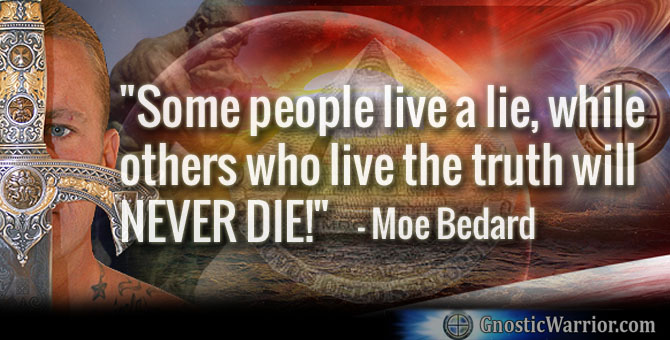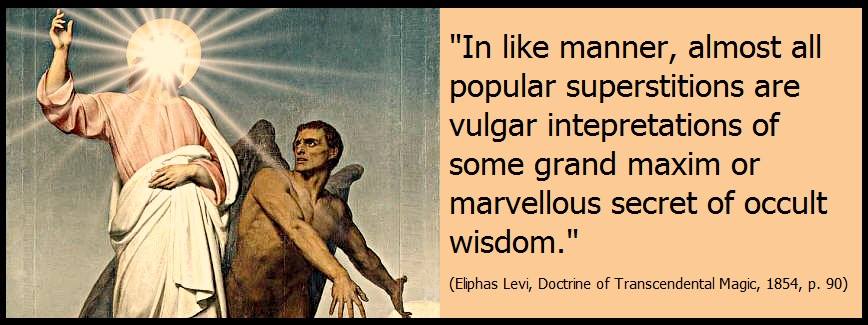It is in following his representations in this physical qualification that we discover how well acquainted were the ancients with all the doctrines of physical science in their modern development. Later, in the Pythagorean speculations, Zeus became the metaphysical trinity; the monad evolving from its invisible SELF the active cause, effect, and intelligent will, the whole forming the Tetractis.
Still later we find the earlier Neoplatonists leaving the primal monad aside, on the ground of its utter incomprehensibleness to human intellect, speculating merely on the demiurgic triad of this deity as visible and intelligible in its effects; and thus the metaphysical continuation by Plotinus, Porphyry, Proclus, and other philosophers of this view of Zeus the father, Zeus Poseidon, or dunamis, the son and power, and the spirit or nous. This triad was also accepted as a whole by the Irenaeic school of the second century; the more substantial difference between the doctrines of the Neo-platonists and the Christians being merely the forcible amalgamation by the latter of the incomprehensible monad with its actualized creative trinity.
In his astronomical aspect Zeus-Dionysus has his origin in the zodiac, the ancient solar year. In Libya he assumed the form of a ram, and is identical with the Egyptian Amun, who begat Osiris, the taurian god. Osiris is also a personified emanation of the Father-Sun, and himself the Sun in Taurus. The Parent-Sun being the Sun in Aries. As the latter, Jupiter, is in the guise of a ram, and as Jupiter-Dionysus or Jupiter-Osiris, he is the bull. This animal is, as it is well known, the symbol of the creative power; moreover the Kabala explains, through the medium of one of
Page 263
its chief expounders, Simon-Ben-Iochai, the origin of this strange worship of the bulls and cows. It is neither Darwin nor Huxley — the founders of the doctrine of evolution and its necessary complement, the transformation of species — that can find anything against the rationality of this symbol, except, perhaps, a natural feeling of uneasiness upon finding that they were preceded by the ancients even in this particular modern discovery. Elsewhere, we will give the doctrine of the kabalists as taught by Simon-Ben-Iochai.
It may be easily proved that from time immemorial Saturn or Kronos, whose ring, most positively, was discovered by the Chaldean astrologers, and whose symbolism is no “coincidence,” was considered the father of Zeus, before the latter became himself the father of all the gods, and was the highest deity. He was the Bel or Baal of the Chaldeans, and originally imported among them by the Akkadians. Rawlinson insists that the latter came from Armenia; but if so, how can we account for the fact that Bel is but a Babylonian personification of the Hindu Siva, or Bala, the fire-god, the omnipotent creative, and at the same time, destroying Deity, in many senses higher than Brahma himself?
“Zeus,” says an Orphic hymn, “is the first and the last, the head, and the extremities; from him have proceeded all things. He is a man and an immortal nymph (male and female element); the soul of all things; and the principal motor in fire; he is the sun and the moon; the fountain of the ocean; the demiurgus of the universe; one power, one God; the mighty creator and governor of the cosmos. Everything, fire, water, earth, ether, night, the heavens, Metis, the primeval architecturess (the Sophia of the Gnostics, and the Sephira of the Kabalists), the beautiful Eros, Cupid, all is included within the vast dimensions of his glorious body!”
This short hymn of laudation contains within itself the groundwork of every mythopoeic conception. The imagination of the ancients proved as boundless as the visible manifestations of the Deity itself which afforded them the themes for their allegories. Still the latter, exuberant as they seem, never departed from the two principal ideas which may be ever found running parallel in their sacred imagery; a strict adherence to the physical as well as moral or spiritual aspect of natural law.
Their metaphysical researches never clashed with scientific truths, and their religions may be truly termed the psycho-physiological creeds of the priests and scientists, who built them on the traditions of the infant-world, such as the unsophisticated minds of the primitive races received them, and on their own experimental knowledge, hoary with all the wisdom of the intervening ages.

Moe is the founder of GnosticWarrior.com. He is a father, husband, author, martial arts black belt, and an expert in Gnosticism, the occult, and esotericism.

![How one in the province of the Northumbrians, rose from the dead, and related many things which he had seen, some to be greatly dreaded and some to be desired [Circ. 696 A.D.] | Book 5 | Chapter 11 How one in the province of the Northumbrians, rose from the dead, and related many things which he had seen, some to be greatly dreaded and some to be desired [Circ. 696 A.D.] | Book 5 | Chapter 11](https://www.gnosticwarrior.com/wp-content/plugins/contextual-related-posts/default.png)




